Home>Storage Ideas>Storage Baskets>How To Plant In Coconut Fiber Hanging Baskets
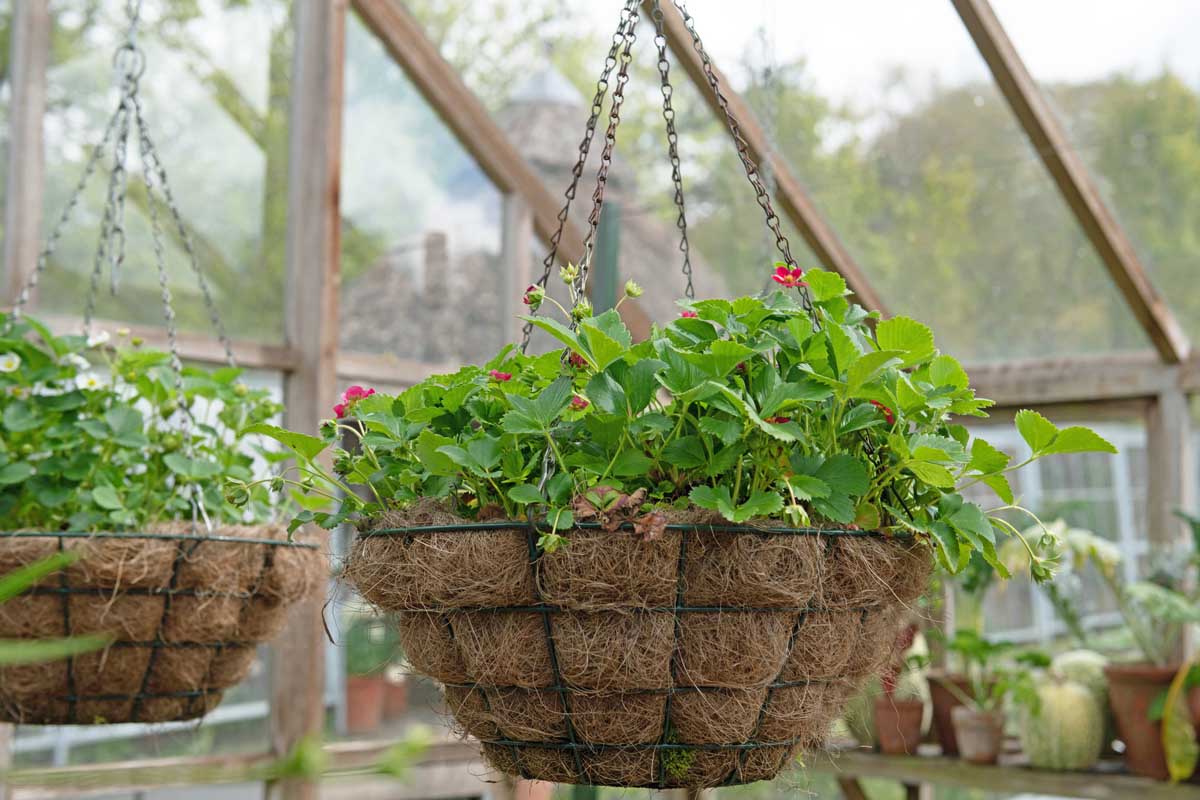

Storage Baskets
How To Plant In Coconut Fiber Hanging Baskets
Modified: January 19, 2024
Learn how to plant in coconut fiber hanging baskets for beautiful storage baskets. Step-by-step guide on creating stunning displays in a natural and eco-friendly way.
(Many of the links in this article redirect to a specific reviewed product. Your purchase of these products through affiliate links helps to generate commission for Storables.com, at no extra cost. Learn more)
Introduction
Coconut fiber hanging baskets have gained popularity among gardening enthusiasts for their unique ability to provide optimal growing conditions for a variety of plants. The eco-friendly and sustainable nature of coconut fiber, also known as coir, makes it an excellent choice for gardening purposes.
In this comprehensive guide, we will explore the various benefits of planting in coconut fiber hanging baskets, how to choose the right basket, preparing it for planting, selecting suitable plants, planting techniques, watering and fertilizing tips, as well as maintenance and troubleshooting advice.
So, if you’re looking to add a touch of green to your indoor or outdoor space, join us as we delve into the world of coconut fiber hanging baskets and discover how they can transform your gardening experience.
Let’s get started!
Key Takeaways:
- Transform your gardening experience with coconut fiber hanging baskets, offering optimal drainage, moisture retention, eco-friendliness, and natural pest control. Create a visually stunning and thriving plant display with versatile and sustainable baskets.
- Ensure the health and vitality of your plants in coconut fiber hanging baskets by providing proper care, maintenance, and troubleshooting. From watering and fertilizing techniques to addressing common issues, enjoy a flourishing and beautiful display.
Read more: How To Plant Strawberries In Hanging Baskets
Benefits of Planting in Coconut Fiber Hanging Baskets
Coconut fiber hanging baskets offer a host of benefits that make them an ideal choice for avid gardeners. Let’s explore some of the advantages of using these baskets for your plants:
1. Excellent Drainage: One of the main benefits of coconut fiber hanging baskets is their exceptional drainage capabilities. The natural porous structure of coir allows excess water to easily drain out of the basket, preventing waterlogged root systems and reducing the risk of root rot. This promotes healthier plant growth and stronger root development.
2. Moisture Retention: While coconut fiber provides excellent drainage, it also has the ability to retain moisture, allowing the plants to have access to water when needed. This feature is particularly beneficial in dry or arid climates where water retention is crucial for plant survival. The coir fibers act like a sponge, holding moisture while still allowing air circulation.
3. Environmentally Friendly: Coconut fiber is a sustainable and renewable resource. It is extracted from the outer husk of coconuts, which would otherwise go to waste. By using coconut fiber hanging baskets, you are minimizing your environmental impact and contributing to the preservation of natural resources.
4. Natural Pest Control: Another advantage of coconut fiber is its ability to repel certain pests. The natural fibers have properties that deter insects, including mosquitoes and gnats, reducing the risk of pest infestations in your plants. This makes coconut fiber hanging baskets a great choice for organic and chemical-free gardening.
5. Versatility: Coconut fiber hanging baskets are suitable for a wide range of plant species. From vibrant flowering plants to trailing vines and even herbs, you can create a stunning display of greenery by selecting the right plants for your hanging baskets. The baskets are available in various sizes and shapes, allowing you to experiment with different arrangements and designs.
6. Visual Appeal: In addition to their practical benefits, coconut fiber hanging baskets also add a touch of natural beauty to any space. The earthy texture and warm color of the coir fibers create a visually appealing backdrop for your plants. Whether you hang them indoors or outdoors, these baskets can instantly elevate the aesthetics of your living area or garden.
With their excellent drainage, moisture retention, eco-friendliness, pest-repelling properties, versatility, and visual appeal, coconut fiber hanging baskets are a fantastic choice for any gardener looking to create a thriving and aesthetically pleasing plant display.
Choosing the Right Coconut Fiber Hanging Basket
When it comes to selecting a coconut fiber hanging basket, there are a few factors to consider to ensure you choose the right one for your plants. Here are some key points to keep in mind:
1. Size and Shape: Coconut fiber hanging baskets come in various sizes and shapes. The size of the basket should be determined by the type and size of the plants you intend to grow. Larger baskets are suitable for plants with extensive root systems or those that require more soil volume. Consider the space where you plan to hang the basket and choose a size that complements the area.
2. Weight Capacity: Check the weight capacity of the hanging basket to ensure it can withstand the weight of the soil, plants, and water. Coconut fiber hanging baskets are generally lightweight but durable. However, it’s essential to confirm that the basket’s load-bearing capacity can support the plants you intend to grow without causing any strain or risk of falling.
3. Durability and Longevity: Look for coconut fiber hanging baskets made with high-quality materials that will withstand outdoor elements and last for a long time. Opt for baskets with sturdy metal or plastic frames that will not rust or degrade over time. Additionally, ensure that the coconut fiber is tightly woven to prevent it from fraying or falling apart.
4. Drainage Holes: Adequate drainage is vital for the health of your plants. Check that the hanging basket has ample drainage holes to allow excess water to escape. These holes prevent water from pooling at the bottom of the basket and promote airflow to the roots.
5. Adjustable Hanging Chain or Rope: Some coconut fiber hanging baskets come with adjustable hanging chains or ropes, allowing you to easily adjust the height as your plants grow. This feature is especially useful if you have trailing or cascading plants that require more room to hang down.
6. Aesthetics: Consider the overall aesthetics of the hanging basket, as it will be a prominent feature in your garden or living space. Choose a design and color that complements your personal style and the existing theme of your surroundings.
By carefully considering factors such as size, weight capacity, durability, drainage, adjustability, and aesthetics, you can ensure that you choose the perfect coconut fiber hanging basket that will provide a suitable and visually appealing home for your plants.
Preparing the Coconut Fiber Hanging Basket for Planting
Properly preparing the coconut fiber hanging basket before planting is essential to create an optimal environment for your plants. Follow these steps to ensure that your basket is ready for planting:
1. Soak the Basket: Before planting, soak the coconut fiber hanging basket in water for at least an hour. This helps to hydrate the fibers and make them more pliable, allowing for easier manipulation during the planting process.
2. Line the Basket: To prevent the soil from falling out through the drainage holes, line the inside of the coconut fiber basket with a layer of sphagnum moss or a liner made from a breathable material such as burlap. This liner helps retain the soil while still allowing for proper drainage.
3. Add Quality Potting Mix: Fill the lined basket with a high-quality potting mix specifically formulated for container gardening. Avoid using garden soil, as it tends to become compacted and may hinder proper drainage and root growth. Ensure that the potting mix is well-draining and enriched with organic matter for optimal plant health.
4. Incorporate Slow-Release Fertilizer: To provide a steady source of nutrients to your plants, mix slow-release fertilizer into the potting mix according to the manufacturer’s instructions. This helps maintain a healthy nutrient balance in the soil and promotes robust and vigorous plant growth.
5. Layer with Coconut Fiber: After adding the potting mix, you can optionally line the top layer of the basket with a thin layer of coconut fiber. This additional layer helps to prevent the potting mix from drying out too quickly, promoting moisture retention and reducing the frequency of watering.
6. Prepare the Hanging System: Whether you plan to hang the basket indoors or outdoors, ensure that you have a secure and appropriate hanging system in place. Use sturdy hooks or brackets that can support the weight of the fully planted basket. Confirm that the hanging system is installed at the desired height and location.
7. Water the Basket: Before planting, thoroughly water the coconut fiber hanging basket to ensure that the potting mix is evenly moistened. This prepares the basket for planting and helps settle the soil.
By following these preparation steps, you will create an ideal environment for your plants in the coconut fiber hanging basket. Once the basket is ready, you can move on to selecting the right plants and beginning the planting process.
Selecting the Right Plants for Coconut Fiber Hanging Baskets
Choosing the right plants for your coconut fiber hanging baskets is crucial to ensure their success and visual appeal. Here are some factors to consider when selecting plants for your hanging baskets:
1. Size and Growth Habit: Opt for plants that are well-suited for hanging baskets and have a trailing or cascading growth habit. Look for varieties that naturally spill over the sides of the basket and create a lush, full appearance. Consider the mature size of the plants and ensure they won’t outgrow the basket too quickly.
2. Sunlight Requirements: Different plants have varying light requirements. Take into account the amount of sunlight your hanging basket will receive in its intended location. Some plants prefer full sun, while others thrive in partial shade. Choosing plants that are compatible with the light conditions will ensure their healthy growth and vigor.
3. Watering Needs: Consider the watering needs of the plants you plan to include in your hanging basket. Some plants require more frequent watering, while others prefer drier conditions. If you tend to forget watering or have limited time, select drought-tolerant plants or those that can withstand periods of dryness.
4. Flowering and Foliage Color: Think about the color palette you want to achieve in your hanging basket. Select plants with vibrant and complementary flower colors, or consider the foliage and texture for a visually striking arrangement. Combining different shades and textures can create a stunning display that adds a pop of color to your space.
5. Plant Compatibility: Ensure that the plants you choose are compatible in terms of their growth habits and water and light requirements. Some plants may have invasive tendencies or be more aggressive in growth, which can overshadow or crowd out other plants in the basket. It’s important to find a balance and create a harmonious composition.
6. Consider Fragrance: If you want to enhance the sensory experience, consider including plants with pleasing fragrances in your hanging basket. Fragrant flowers or herbs can infuse your space with pleasant scents and add another layer of enjoyment to your gardening experience.
7. Seasonal Variations: Consider the availability and suitability of plants for different seasons. Choose varieties that are suitable for the current season or plan for a rotation of plants throughout the year to keep your hanging basket looking fresh and vibrant.
By considering factors such as size and growth habit, sunlight requirements, watering needs, color scheme, plant compatibility, fragrance, and seasonal variations, you can select the perfect combination of plants for your coconut fiber hanging basket. This will result in a stunning and thriving display that adds beauty and charm to your home or garden.
When planting in coconut fiber hanging baskets, make sure to use a well-draining potting mix to prevent waterlogging. Coconut fiber retains moisture, so be mindful not to overwater your plants.
Read more: How To Plant Petunias In Hanging Baskets
Planting Techniques for Coconut Fiber Hanging Baskets
Once you’ve selected the right plants for your coconut fiber hanging baskets, it’s time to proceed with the planting process. Follow these techniques to ensure successful planting and optimal growth:
1. Preparing the Plants: Before planting, gently remove the plants from their nursery containers. Gently loosen the root ball and remove any excess soil. If the plant roots are tightly bound, carefully tease them apart to encourage healthy root growth.
2. Layering Technique: To create a visually appealing arrangement, start by planting taller plants in the center or back of the coconut fiber hanging basket. Place trailing or cascading plants towards the edges, allowing them to spill over the sides. This layering technique adds dimension and depth to the overall arrangement.
3. Plant Spacing: Be mindful of the spacing between plants to prevent overcrowding. Allow enough room for each plant to grow and spread without getting tangled or shaded by neighboring plants. Maintain a balance between fullness and proper air circulation to promote healthy growth.
4. Planting Depth: When placing the plants in the coconut fiber hanging basket, ensure that the root ball sits slightly below the rim of the basket. This helps prevent water runoff and allows room for adding a top layer of potting mix to secure the plants in place.
5. Firming the Soil: After positioning the plants, gently firm the potting mix around the root ball to provide stability. Avoid packing the soil too tightly, as this can hinder root growth and water penetration. Adequate firmness is necessary to anchor the plants securely in the basket.
6. Watering: After planting, thoroughly water the coconut fiber hanging basket to settle the soil and ensure proper hydration for the plants. Water until you see water draining out of the bottom drainage holes. This provides the plants with a good start and helps eliminate any air pockets around the roots.
7. Post-Planting Care: After planting, regularly monitor the moisture level of the soil in the hanging basket. Water when the top inch of soil feels dry, but avoid overwatering, as it can lead to root rot. Additionally, be mindful of fertilizing needs and follow the specific requirements of the plant species you have chosen.
By following these planting techniques, you can create a visually stunning and well-balanced display in your coconut fiber hanging basket. The right techniques and care will ensure healthy plant growth and a vibrant, beautiful hanging basket for your home or garden.
Watering and Fertilizing Coconut Fiber Hanging Baskets
Proper watering and fertilizing are essential for the health and vitality of plants in coconut fiber hanging baskets. Follow these guidelines to ensure that your plants receive the necessary hydration and nutrients:
1. Watering Techniques:
– Monitor Soil Moisture: Check the moisture level of the potting mix regularly by inserting your finger about an inch into the soil. Water when the top inch of soil feels dry, but avoid letting the soil become completely dry or waterlogged.
– Water Thoroughly: When watering your coconut fiber hanging basket, water until you see water draining out of the bottom drainage holes. This ensures that the entire root ball is adequately hydrated.
– Avoid Overwatering: Coconut fiber hanging baskets have excellent drainage, so it’s important to avoid overwatering. Allow the excess water to drain out completely and ensure that the plant roots are not sitting in standing water.
2. Fertilizing Techniques:
– Choose the Right Fertilizer: Select a balanced, slow-release fertilizer formulated for container plants. Follow the manufacturer’s instructions for application rates and frequency.
– Timing of Fertilization: Begin fertilizing about a month after planting to allow the plants to establish roots. Then, fertilize every two to four weeks during the growing season. Adjust the frequency based on the specific fertilizer’s recommendations.
– Avoid Excessive Fertilization: Over-fertilizing can lead to nutrient burn or excessive foliage growth at the expense of flowers. It’s best to err on the side of caution and apply fertilizer sparingly, following the recommended dosage.
– Water after Fertilizing: After applying fertilizer, water the coconut fiber hanging basket thoroughly. This helps distribute the nutrients evenly and prevents the possibility of fertilizer burn.
3. Adjustments for Weather and Plant Needs:
– Consider Environmental Factors: Environmental conditions such as temperature, humidity, and sunlight intensity can affect the water requirements of your hanging basket. Adjust watering frequency accordingly during hot and dry periods or when the plants show signs of stress.
– Observe Plant Response: Pay attention to how your plants respond to watering and fertilizing. Wilting or yellowing leaves may indicate underwatering, while stunted growth or burnt leaf tips could indicate overfertilization. Make adjustments based on the specific needs of your plants.
4. Mulching:
– Consider adding a thin layer of organic mulch, such as shredded bark or coconut husk, on the surface of the potting mix. Mulching helps to conserve moisture, suppress weed growth, and regulate soil temperature.
By following proper watering techniques, providing appropriate fertilization, and making adjustments based on environmental factors and plant response, you can ensure that your plants in coconut fiber hanging baskets thrive and remain healthy throughout the growing season.
Maintaining and Caring for Plants in Coconut Fiber Hanging Baskets
To keep your plants thriving and looking their best in coconut fiber hanging baskets, it’s important to provide regular care and maintenance. Follow these tips to ensure the ongoing health and vitality of your plants:
1. Regular Inspection: Regularly inspect your hanging baskets for any signs of pests, diseases, or nutrient deficiencies. Check the foliage, stems, and undersides of leaves for any unusual spots, discoloration, or pests. Catching and addressing issues early can prevent further damage and promote plant health.
2. Pruning and Deadheading: Trim and prune your plants as needed to maintain their shape and prevent them from becoming leggy or overgrown. Remove any dead or yellowing leaves, spent flowers, or stems to encourage new growth and promote a neat appearance. Regular deadheading, or removing faded flowers, can prolong the blooming period of flowering plants.
3. Fertilizer Adjustment: Monitor the growth of your plants and assess their fertilizer needs. If you notice slow growth or pale foliage, it may be necessary to adjust the fertilization routine. Increase the frequency or strength of fertilization within the recommended guidelines to provide the necessary nutrients for healthy plant growth.
4. Watering Consistency: Maintain a consistent watering routine to prevent stress or fluctuations in soil moisture. Aim to water your hanging baskets at the same time each day, preferably in the morning, to allow excess moisture to evaporate during the day.
5. Pest Control: Keep a close eye on your plants for any signs of pests, such as aphids, spider mites, or whiteflies. If you notice an infestation, promptly address it using appropriate methods such as insecticidal soap, neem oil, or natural predators like ladybugs. Regularly inspecting your plants can help catch and treat pest issues before they become severe.
6. Protect from Extreme Weather: Extreme weather conditions, such as strong winds or excessive heat, can cause stress or damage to your hanging basket plants. Consider moving them to a more sheltered area during harsh weather conditions or providing temporary protection with shade cloth or windbreaks.
7. Seasonal Refresh: As seasons change, you may need to refresh your hanging baskets by replacing tired or spent plants with new ones. Consider incorporating seasonal flowers or plants that thrive in different weather conditions to keep your display vibrant and appealing year-round.
8. Regular Cleaning: Keep your coconut fiber hanging baskets clean by removing any fallen debris or dead plant matter. This prevents the buildup of pests, diseases, or fungal growth. Wipe down the outer surface of the basket periodically to remove dust or dirt.
By regularly inspecting, pruning, fertilizing, and providing appropriate care, you can maintain the health and beauty of your plants in coconut fiber hanging baskets. With consistent attention, your hanging baskets will continue to flourish and provide an attractive display for your home or garden.
Troubleshooting Common Issues with Coconut Fiber Hanging Baskets
While coconut fiber hanging baskets offer many benefits, they can also be susceptible to various issues. Here are some common problems you may encounter with your hanging baskets and how to troubleshoot them:
1. Overwatering: Excessive watering can lead to root rot and other fungal diseases. To avoid overwatering, always check the moisture level of the soil before watering. Adjust your watering schedule and frequency based on the specific needs of your plants and the prevailing weather conditions.
2. Underwatering: Insufficient watering can result in wilting, stunted growth, and foliage discoloration. Ensure that your coconut fiber hanging basket receives enough water to keep the soil consistently moist. Water deeply and thoroughly, allowing excess water to drain out completely.
3. Pest Infestations: Common pests in hanging baskets include aphids, spider mites, and whiteflies. If you notice any signs of an infestation, such as sticky residue, discolored leaves, or insect activity, promptly address the problem. Use appropriate methods such as insecticidal soap, neem oil, or introducing natural predators.
4. Nutrient Deficiencies: Inadequate nutrient levels can lead to poor plant growth, yellowing leaves, or decreased flowering. Apply a balanced, slow-release fertilizer according to the manufacturer’s instructions to provide consistent nutrients to your plants. Adjust the fertilization schedule or strength if you notice signs of nutrient deficiencies.
5. Sunburn: Excessive sunlight can cause sunburn and leaf damage, especially during the hottest hours of the day. If your hanging basket is exposed to intense sunlight, consider moving it to a more shaded location or providing shade during the peak sunlight hours.
6. Overcrowding: Overcrowded plants can lead to competition for resources, poor airflow, and stunted growth. Regularly monitor the growth of your plants and trim or remove any overcrowded or unhealthy specimens. This promotes better circulation and allows each plant to thrive.
7. Temperature Extremes: Extreme temperatures, both cold and hot, can stress or damage your hanging basket plants. Protect them from frost by moving them indoors or providing insulation during cold periods. Shield them from intense heat by providing shade or using reflective mulch.
8. Fungal Diseases: Coconut fiber hanging baskets can be prone to fungal diseases, particularly if the soil remains consistently damp. To prevent fungal issues, ensure proper drainage, avoid overwatering, and provide sufficient airflow to the basket. If necessary, use a fungicide following the instructions on the label.
9. Nutrient Imbalances: Imbalances in nutrients can lead to nutrient deficiencies or toxicity. Regularly assess your plants for signs of yellowing leaves, stunted growth, or burnt leaf edges, which may indicate nutrient imbalances. Adjust the fertilizer application or consider soil testing to determine the specific nutrient needs of your plants.
By identifying and addressing these common issues promptly, you can maintain the health and vitality of your plants in coconut fiber hanging baskets. With proper care and attention, your hanging baskets will thrive, providing you with a beautiful and flourishing display.
Read more: What To Plant In Hanging Baskets In Shade
Conclusion
Coconut fiber hanging baskets offer a fantastic and eco-friendly solution for displaying plants in both indoor and outdoor settings. By utilizing these baskets, you can create a visually stunning and thriving plant display while enjoying the numerous benefits they offer.
From their excellent drainage and moisture retention properties to their eco-friendliness and natural pest control abilities, coconut fiber hanging baskets provide an optimal growing environment for a variety of plants. The versatility of these baskets allows you to experiment with different plant species, adding an array of colors, textures, and fragrances to your space.
When choosing a coconut fiber hanging basket, consider factors such as size, weight capacity, durability, drainage holes, and adjustability. Preparing the basket for planting involves soaking it, lining it with a breathable material, and filling it with a high-quality potting mix. Select plants that are suitable for hanging baskets, considering their size, sunlight requirements, watering needs, and compatibility.
The planting process should focus on layering taller plants in the center or back of the basket, with trailing or cascading plants towards the edges. Proper watering and fertilizing are essential for the health of your plants. Monitor soil moisture, water thoroughly, and adjust watering frequency based on the specific needs of your plants and environmental factors.
Regular maintenance and care are vital to ensure the ongoing health and beauty of your coconut fiber hanging baskets. Inspect and prune your plants, address pest issues promptly, and monitor fertilizer needs. Protect your plants from extreme weather conditions and provide regular cleaning to prevent pests and diseases.
In conclusion, coconut fiber hanging baskets provide an attractive, sustainable, and effective solution for displaying plants. With proper care and attention, these baskets can transform your space into a lush and vibrant oasis. Whether you choose to hang them indoors or outdoors, coconut fiber hanging baskets are sure to bring joy and beauty to your home or garden. So, get ready to unleash your creativity and enjoy the rewards of gardening in these unique and eco-friendly baskets. Happy planting!
Frequently Asked Questions about How To Plant In Coconut Fiber Hanging Baskets
Was this page helpful?
At Storables.com, we guarantee accurate and reliable information. Our content, validated by Expert Board Contributors, is crafted following stringent Editorial Policies. We're committed to providing you with well-researched, expert-backed insights for all your informational needs.
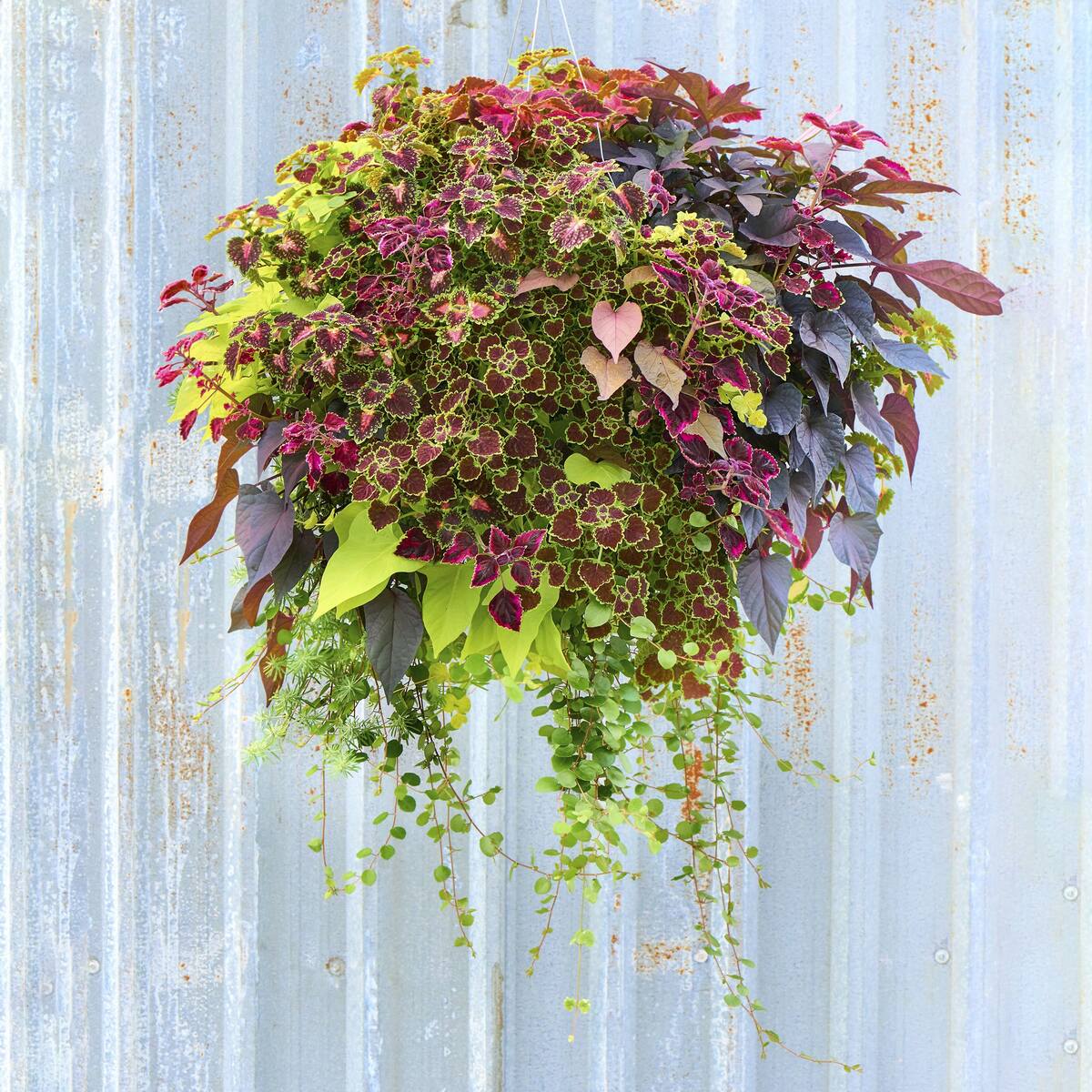
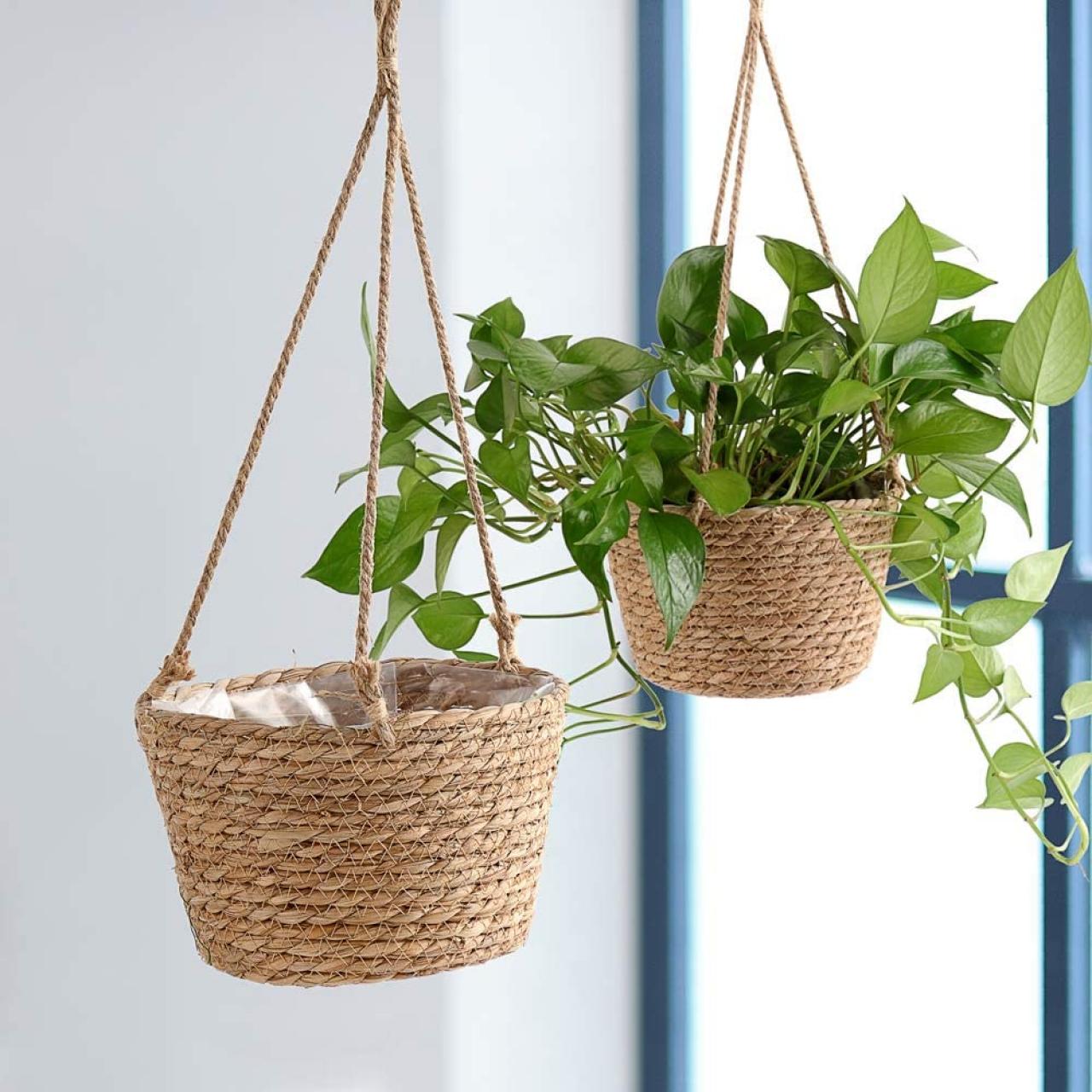


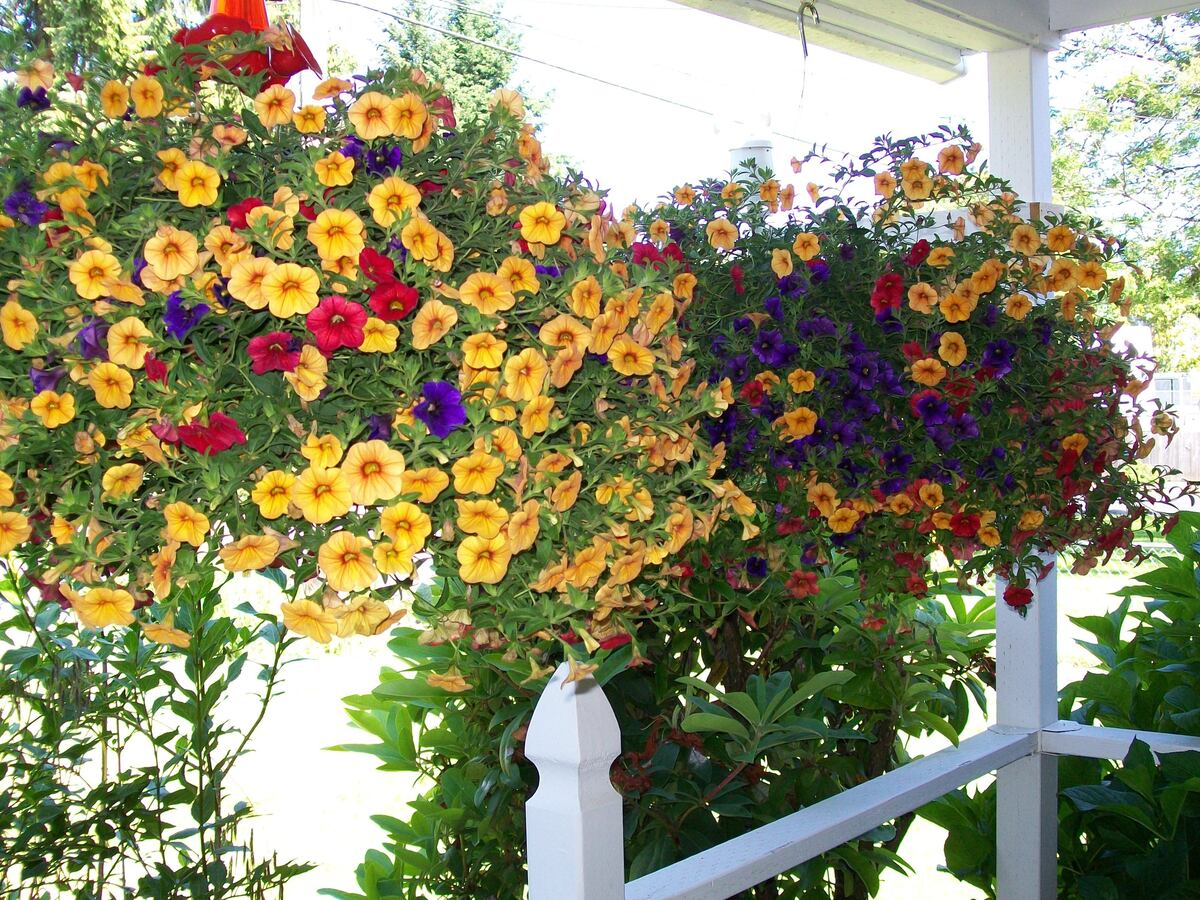
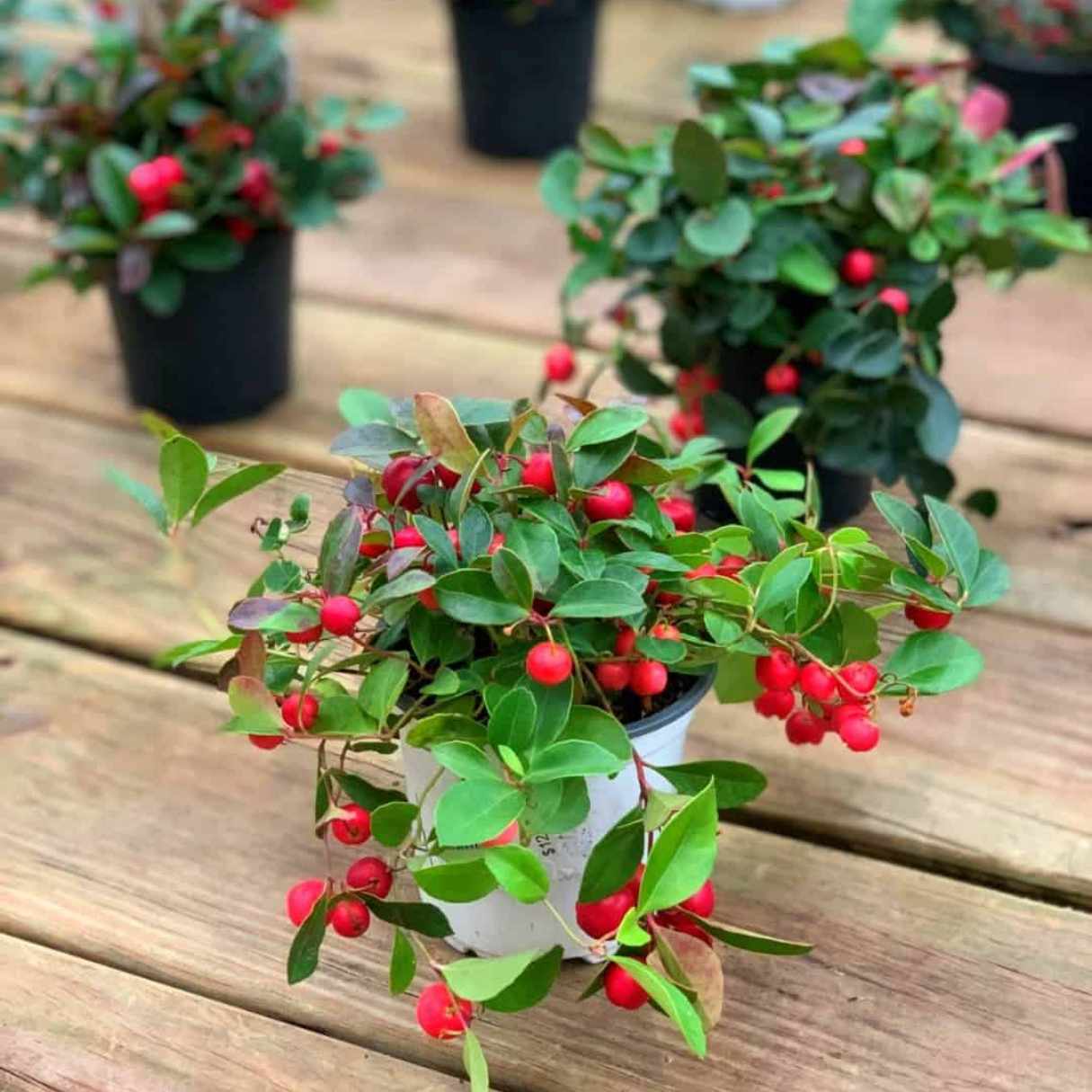
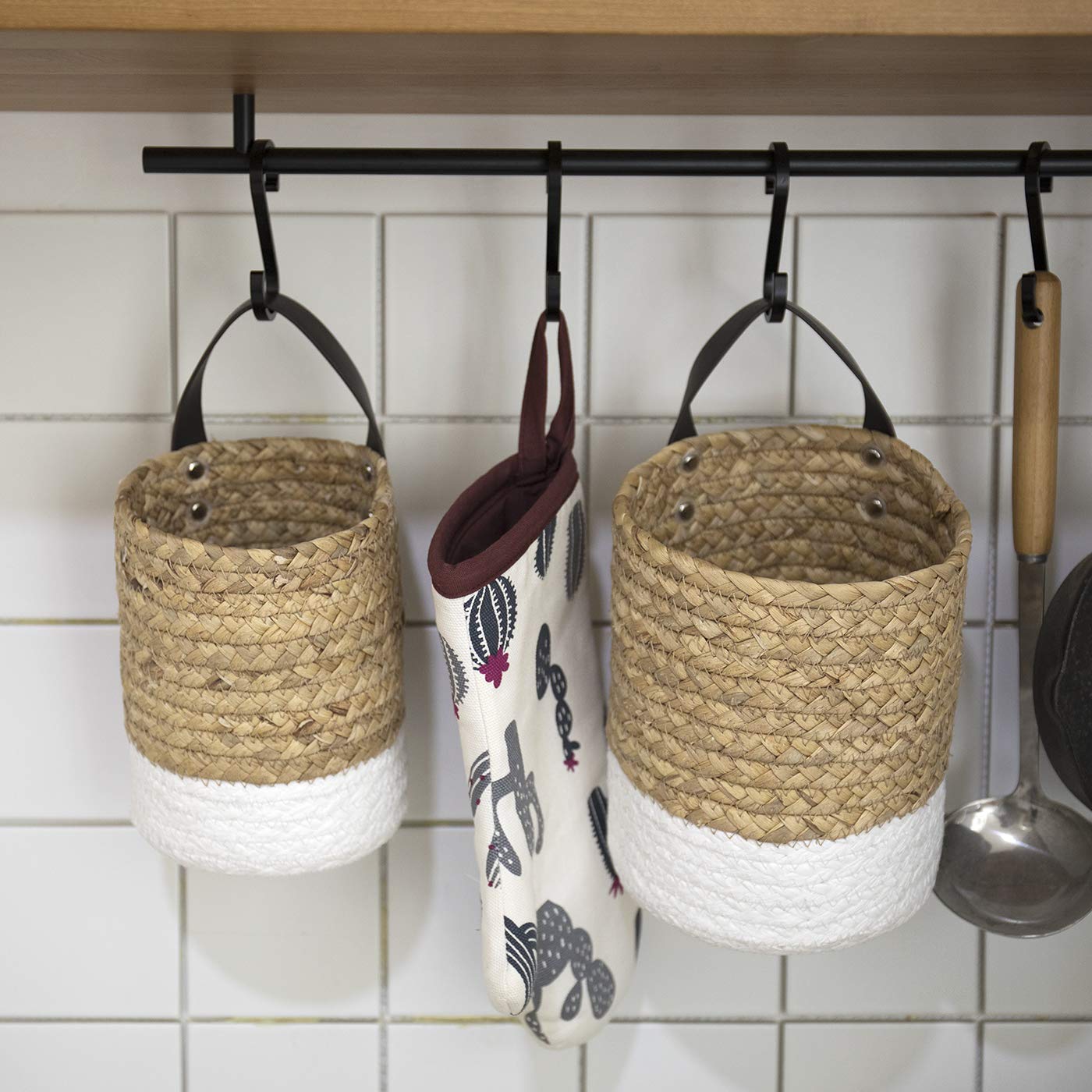
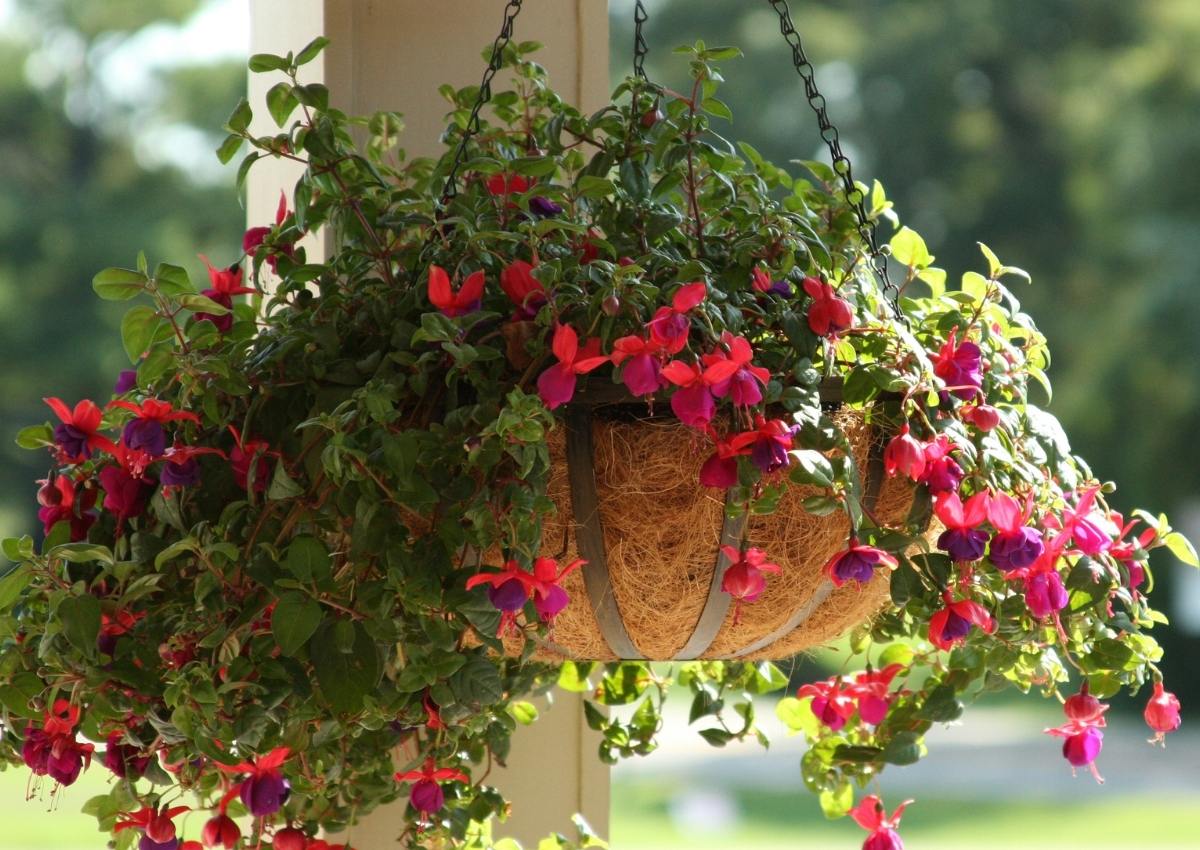
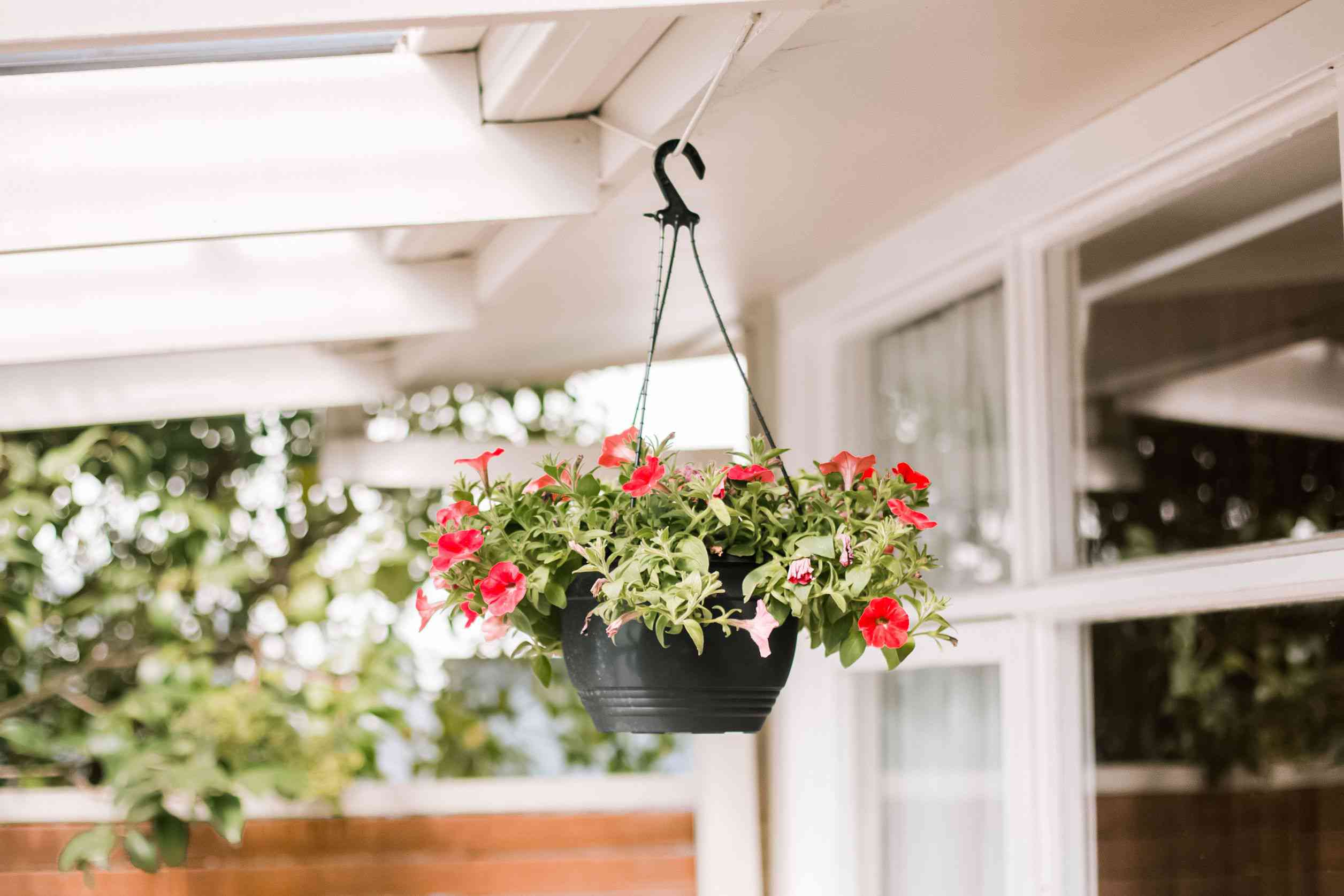
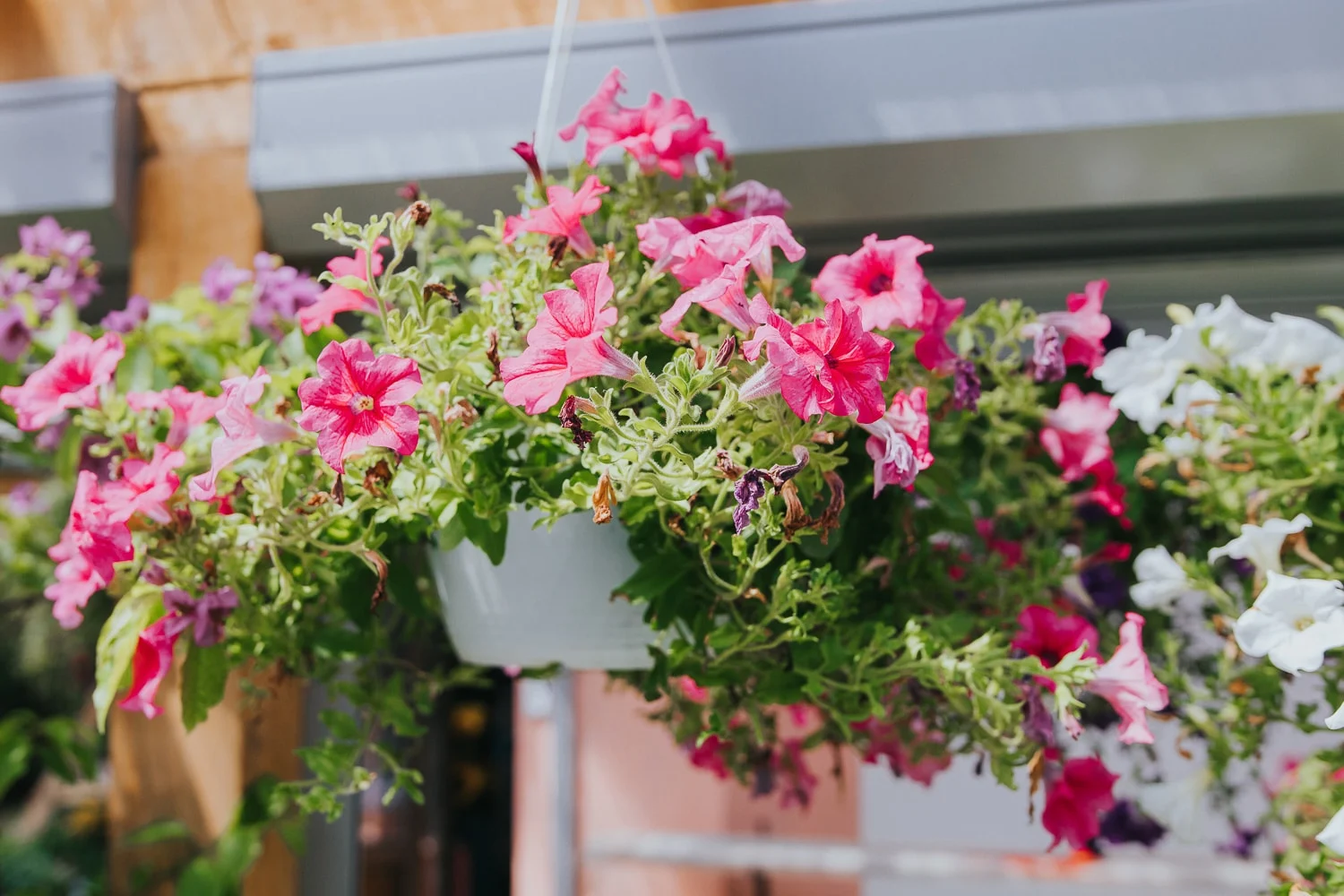
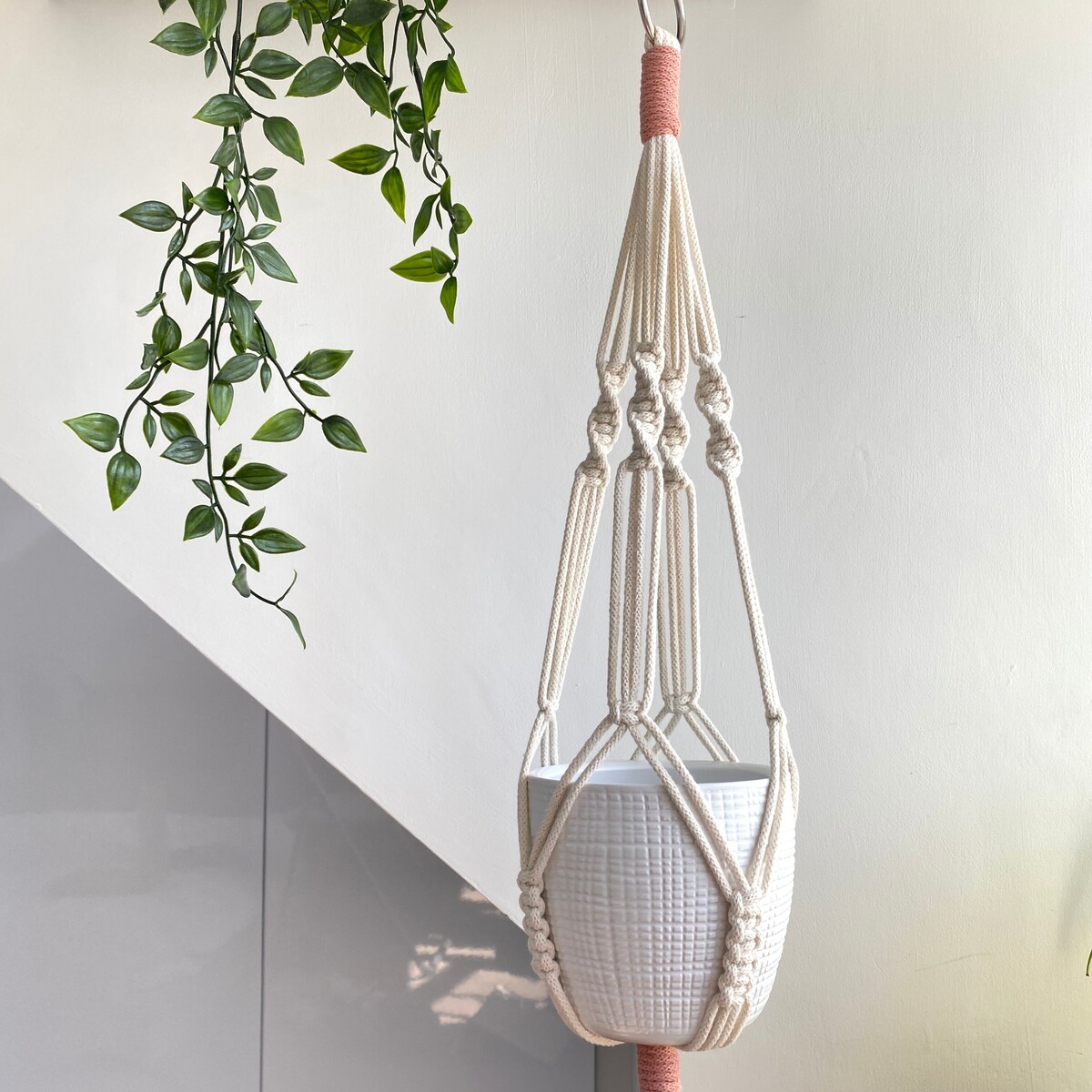

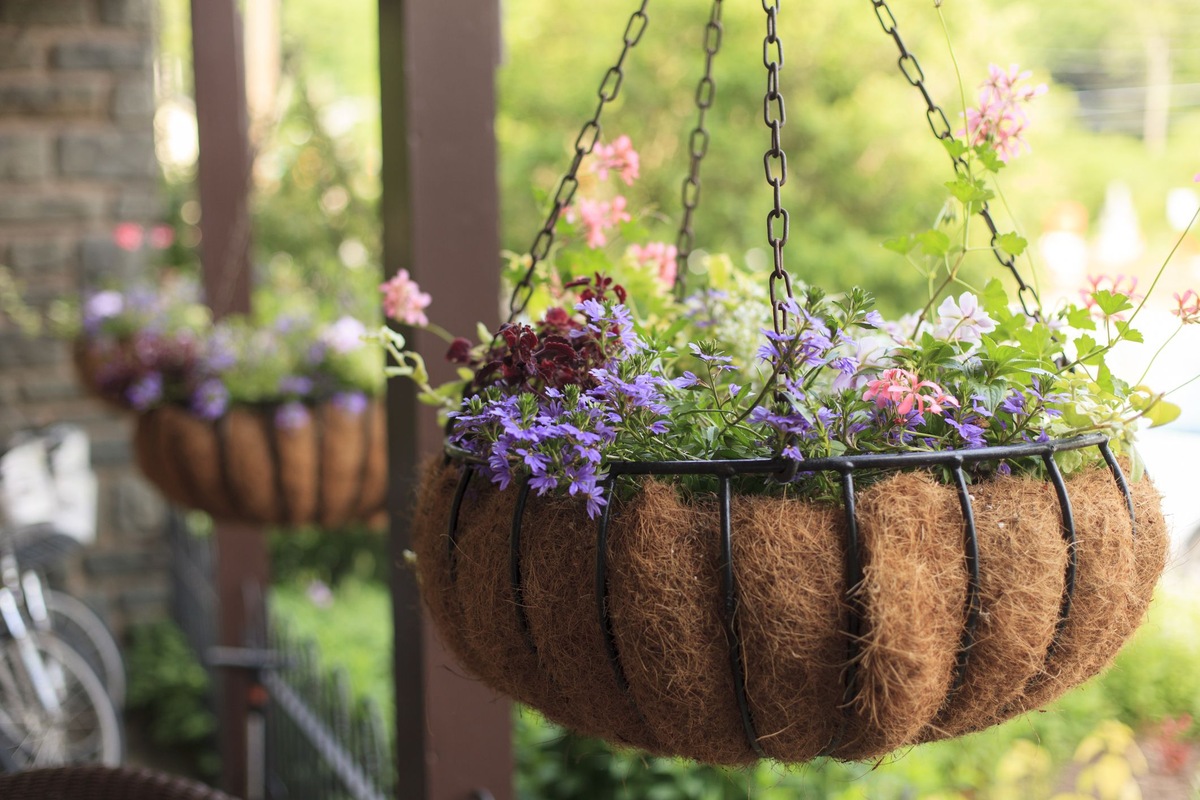

0 thoughts on “How To Plant In Coconut Fiber Hanging Baskets”